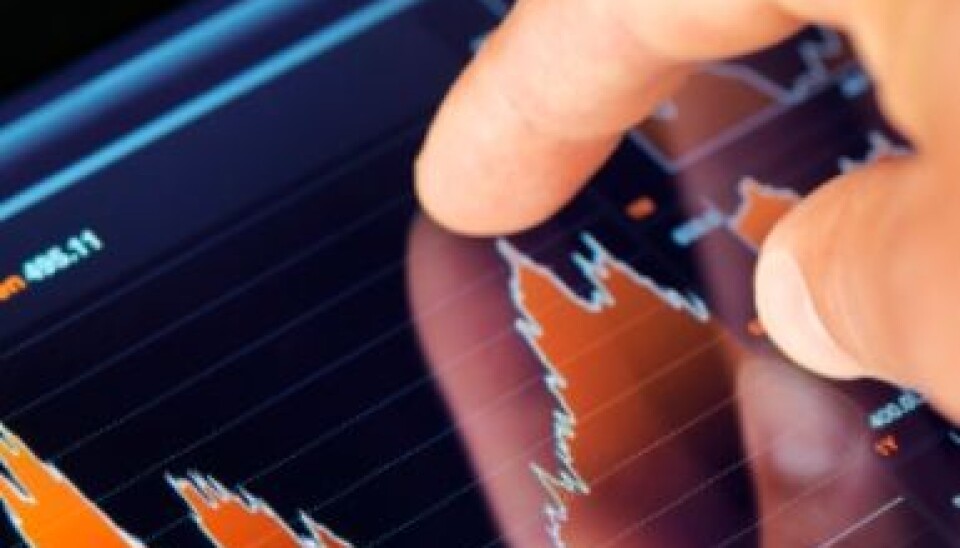This article was produced and financed by BI Norwegian Business School

Measuring the global economy
A new measure for fluctuations in the world economy can give a good indication of how national financial markets will develop, according to new study.
Denne artikkelen er over ti år gammel og kan inneholde utdatert informasjon.
Few countries in the world are unaffected by what takes place in the rest of the world. We have seen how the international financial crisis created ripple effects in country after country.
International fluctuations in the economy (economic cycles) have made their mark on the markets in the individual countries in the world.
Increased globalisation has also made national markets more dependent on each other. Local businesses are exposed to global financial forces.
New measurement for economy
Professor Richard Priestley at BI Norwegian Business School, together with Professor Ilan Cooper, have introduced a new measure for fluctuations in the world economy in order to make forecasts for the development in national financial markets. They are particularly concerned with being able to forecast what investors are paid to take risks by investing in shares and other financial products.

The researchers arrived at the new macro-variable (The Capital to Output Ratio) by calculating the ratio between the capital stock of companies and the world’s gross national product (GNP).
When this ratio has a high value this reflects that the world economy is doing poorly (recession). This is a warning that investors want to be compensated with higher returns (risk premium) for taking higher risks. And contrary, a low value will indicate a coming economic expansion.
This calls for a lower expected risk premium as a result of less risk in investing in the financial markets.
40 years of data
Priestley and Cooper tested whether the new measure can be used to forecast an expected return on shares. The researchers studied a period of 40 years – from the first quarter of 1970 through the last quarter of 2010.
They selected countries with satisfactory data for the entire period and chose the USA, Switzerland, the UK, Japan, Italy, France and Canada as their research laboratory.
The results of the study were presented in the international scientific journal “Review of Finance”.
Good forecast
The study showed that the ratio between capital and GNP is suited for forecasting expected risk premium (return) in the stock markets. The measure proved to be robust over the period covered by the study, and also had an explanatory element across various sectors in the economy.
“The study indicates that investors would have benefitted from choosing an action strategy that uses the ratio between capital and GNP as a forecast for expected returns”, Richard Priestley points out.
According to the BI professor the ratio between capital and GNP is better suited than historical financial data for saying something about the development in areas where we have no data.
The researchers showed that the same measure could be used as a forecast for the risk premium (return) on bonds and other financial assets.
































